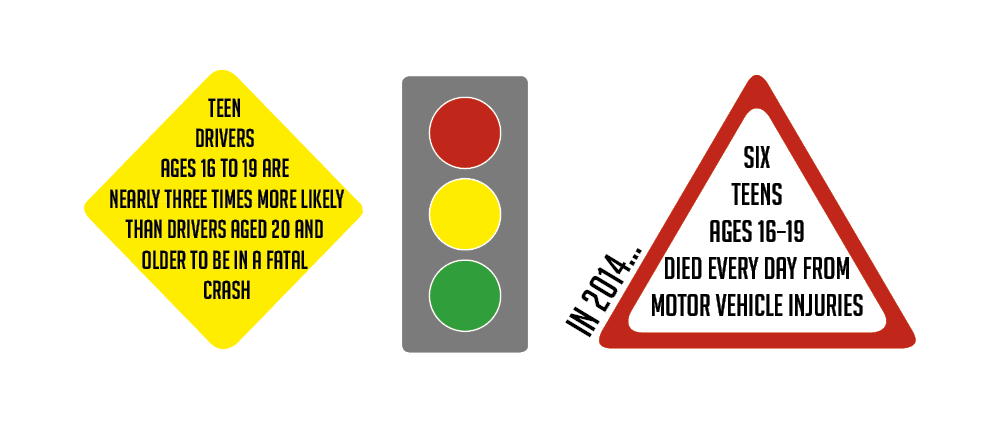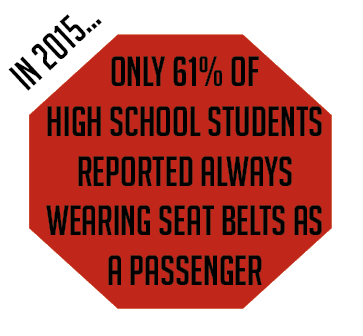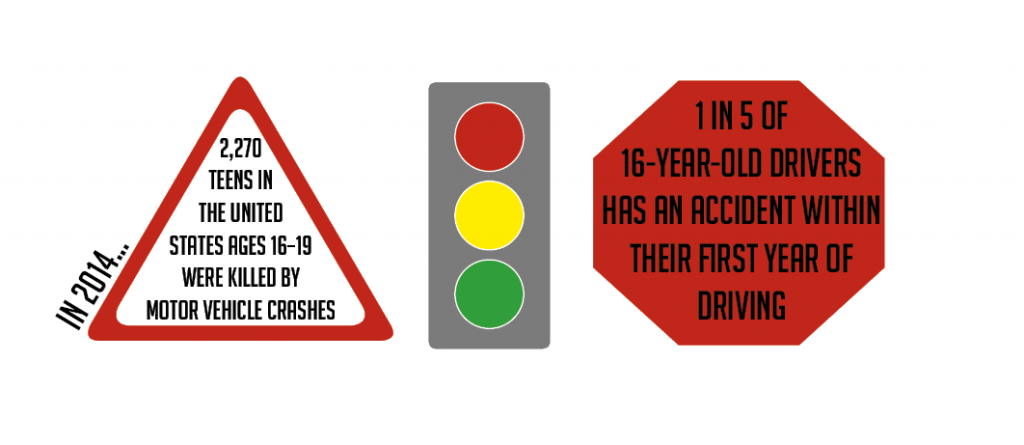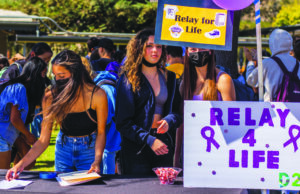Student Driving: A privilege that shouldn’t be abused

Risks of the road
16-19 year olds are more at risk than any other age group for crashing their vehicle. Every day, around six teens in this age group die from car crashes. The fact that this age group has one of the lowest rates of seatbelt use probably does not help minimize this statistic. Finally, while 15-19 year olds make up 7% of the population, they cause 11% of the cost of car injuries, and this is without even considering that many of that 7% do not yet drive.
These statistics from the Center for Disease Control reveal what many would consider an uncomfortable truth about a significant step in teenagers’ lives: that driving is very dangerous, especially for the young drivers found on high school campuses.
Lucano Germann and Jack Walsh, seniors, know these dangers first hand. In October of 2015 they were in a car together driving to a water polo tournament when they endured a bad accident.
“We stayed up really late the night before so we were driving early towards the tournament, and I didn’t fall asleep, but I was kind of like day-dreaming you know,” Germann, who was driving at the time, said.
“We lost control of the car so it kind of veered towards the center divider, and we overcorrected and ended up rolling a few times and ended up upside down in this ditch, and ya, it was an experience,” Walsh said.
Both students were rushed to the hospital in ambulances. While both are now fine, the incident remains vivid to them.
“I think about it whenever I get into a car with another person. (I think) ‘this is the same thing.’ Of course you are going to be nervous after something like that for a little while,” Walsh said.
The accident also affected Germann’s view on driving.
“I didn’t drive for two, three months after that at all, and then I was definitely more aware that something bad could actually happen to me. Before that I kind of thought something could, but never viewed it as a reality,” Germann said.
Obviously, many students have never and will never be involved in a crash. Shane Doyle, senior, has not had any negative experiences driving with other students.
“I haven’t almost died yet,” Doyle said with a laugh.
However, this does not change the reality that teens are more likely to be involved in accidents. Insurance companies usually sell their policies at higher rates to young drivers.
Esurance, an Allstate Company, explains its reasoning in that “New drivers, particularly young drivers, have higher insurance rates for 2 reasons: inexperience behind the wheel and immaturity.”
Both Walsh and Germann would agree with the experience part of this assessment.
“I mean, I feel like what happened to me could have happened to anybody, because I was so inexperienced, it’s justified. I think it make sense,” Germann said.
“It sucks for us, but it’s a reality that teenagers are less experienced drivers and more likely to crash (because of that),” Walsh agreed.
Walsh and Germann agree that it is ultimately a parent’s responsibility to effectively prepare their children for the road, though Germann has one additional suggestion.
“I feel like the driver’s test should definitely include something on the freeway because that’s where you spend most of your time,” he said.
Doyle feels that students are adequately prepared for the road after taking their required driver education.
“There is only so much you can learn. The rest has to be learned from experience,” he said.
However, he does have his own suggestion: “I feel like they need to teach more common sense, because a lot of people don’t have that.”
New freedoms come with a price
The open road is before you, stretching for miles on end without any obstacle in sight. But as you continue your drive, the road starts to narrow and obstructions become visible: there are stop signs ahead, people are crossing the street, and a car crash on the side of the road. Just as barriers will arise on your journey, difficulties occur when getting your license. In the beginning, you are full of optimism and determination, but further on, you realise it’s not as easy as you think.
High school is the time when many teenagers go through the process of getting their permit or license. The long-yearned freedom to finally be able to go places without the stress of finding a ride is finally here. Many students believe that having a license represents their independence. For many students getting a license symbolizes their new adulthood.
Junior, Priya Jhingan, believes that getting a license will make her feel like an actual upperclassmen.
“You know a lot of my friends can drive, and I don’t have my license yet, so I can’t really do a lot of things I want to do, go places, stuff like that,” Jhingan said.
For sophomore, Hailey Washington, getting a license is more of a practicality than anything.
“I feel like my life would be so much easier if I had one, [getting my license] would be more efficient than walking home everyday,” Washington said.
Jubal Rancourt, junior, has the same mentality. He believes that driving would make his and his family’s lives a lot easier.
“Going to school would be so much easier if I had a license, my sister and I would have a car, and I’d be able to drive to school, drive to my practices, I’d go out more as well, take my siblings to school, pick them up from school,” Rancourt said.
Getting a licence would ease the lives of many high school students, but this milestone is not always so easy to get. The struggle of obtaining a license is common for many high schoolers.
The first step is to complete a driver’s education course either online or in class to prepare for the test for a driver’s permit. In order to pass, students must be at least 15 and a half and get at least 38 out of 46 questions correct.
“It was so easy; I skipped through half of my driver’s ed and I missed 5 questions. It’s mostly common sense,” Misa Nguyen, junior, said.
But while juggling school and extracurriculars, students often struggle to find the time to finish the course or schedule a test time. Nguyen took her permit test late in order to focus on school.
“(I took it late) because my mom wanted me to focus on the AP test. I could’ve got it in April, but then I took the test when school was over,” Nguyen said.
Receiving a driver’s permit allows teens to drive with a licensed driver over the age of 21 in the car. Students are now expected to participate in six hours of driving lessons with a trained driving teacher to qualify for a driving test.
“I thought learning to drive would be hard, but it wasn’t at all. Especially if you have a good driving instructor, you just need to know the rules and it will just come naturally to you,” Kim said.
For some, having control over a vehicle is a daunting task.
“(I’m scared) a little bit. I think it’s like one of those things if I get practice it’ll just seem like riding a bike,” Jhingan said.
Practice makes perfect, and junior Jubal Rancourt is confident in his abilities, even though he is surrounded by unsafe drivers.
“Well, (since I have been) already driving, I am a very safe driver. A lot of my siblings and my family are reckless drivers. (There have been) no accidents, but my sisters especially are very reckless drivers and I don’t want to drive like them. I’ve driven quite a few hours probably over 400 hours and I’m a very safe driver,” Rancourt said.
As an already licensed driver, Kim appreciates the privileges it brings, but makes sure to be careful.
“It’s cliche but with driving comes more responsibility. There’s more that you have to know how to do and know how to be safe on the road. I used to be able to sit back and let my dad be my limo driver, but now I have to be alert and make sure I don’t get into an accident, and look out for people, because safety first,” Kim said.





